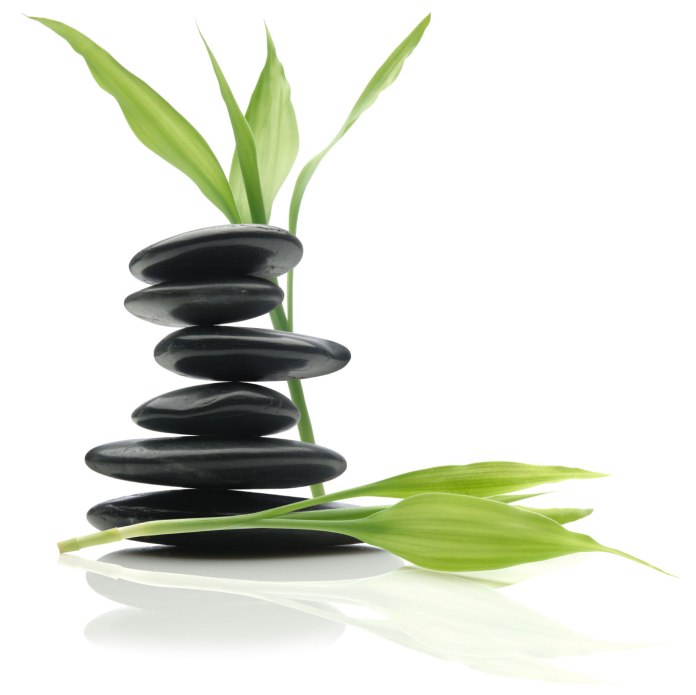TABATA BOOTCAMP by Aesha Tahir

There are countless workout styles you’ve probably heard about over the years, and all of them are meant to help you reach your fitness goals. You may want to increase strength, lose weight, improve flexibility or build muscle. Whatever yours goals are, most exercise programs can help you reach them, as long as you stick to the plan. If you’re looking for a new program to add to your routine, you may want to give Tabata Bootcamp a try. Tabata training is a high-intensity interval training (HIIT) workout, featuring exercises that have 40/30/20 second strength intervals for lower body, upper body and core. Your intensity level varies from hard, harder to hardest for each time slot respectively. There are two or three traditional Tabata 20/10 intervals mixed in with the 40/30/20 timing. And the beauty of it all is that you can work at your own fitness level. The Tabata Boot camp program gives you a lot of modifications.
Now to understand why Tabata training actually works let’s peek into the history of this type of training. How it all started? Tabata training was discovered by Japanese scientist Dr. Izumi Tabata and a team of researchers from the National Institute of Fitness and Sports in Tokyo. Tabata and his team conducted research on two groups of athletes. The first group trained at a moderate intensity level while the second group trained at a high-intensity level. The moderate intensity group worked out five days a week for a total of six weeks; each workout lasted one hour. The high-intensity group worked out four days a week for six weeks; each workout lasted four minutes and 20 seconds (with 10 seconds of rest in between each set).
The results; Group 1 had increased their aerobic system (cardiovascular), but showed little or no results for their anaerobic system (muscle). Group 2 showed much more increase in their aerobic system than Group 1, and increased their anaerobic system by 28 percent. In conclusion, high-intensity interval training has more impact on both the aerobic and anaerobic systems.
So if you want to Blast more fat but work out less: It may sound like a bogus claim to attract people, but dozens of scientific studies support the timesaving, calorie-zapping benefits of quickie workouts known as high-intensity interval training (HIIT) and Tabata bootcamp is a perfect example of this type of training.
There’s good reason why HIIT is one of the hottest workouts around: Its format – brief bouts of hard exercise paired with easier activity for recovery – burns off more calories per minute than doing a longer workout at a continuously moderate pace. And researchers at the University of Guelph found that women who trained with high-intensity intervals for two weeks increased their bodies’ capacity to burn fat while they exercised. HIIT also makes the heart grow stronger; a study from Medicine & Science in Sports & Exercise showed that high-intensity intervals may be better for improving cardiovascular fitness in healthy adults than moderate steady-state exercise.
What makes HIIT work so well? One factor is the type of muscle fibers used. Studies have found HIIT recruits large, powerful muscle fibers that otherwise lie dormant in everyday life or during moderate exercise ,that means you get defined muscles faster. And the benefits aren’t all physical, either. HIIT can help you dodge de-motivating workout ruts. There are only so many ways to run for an hour on a treadmill, Interval training provides infinite variety, and it’s fun.
Ready to give HIIT a try? With the right approach, practically anyone can benefit from this calorie-incinerating cardio workout. So dial in to your next Tabata Bootcamp class with me on Thursdays at 9:30 A.M at the Solebury club.
References: http://www.oxygenmag.com/article/hiit-your-fast-fat-burning; http://www.active.com/fitness





